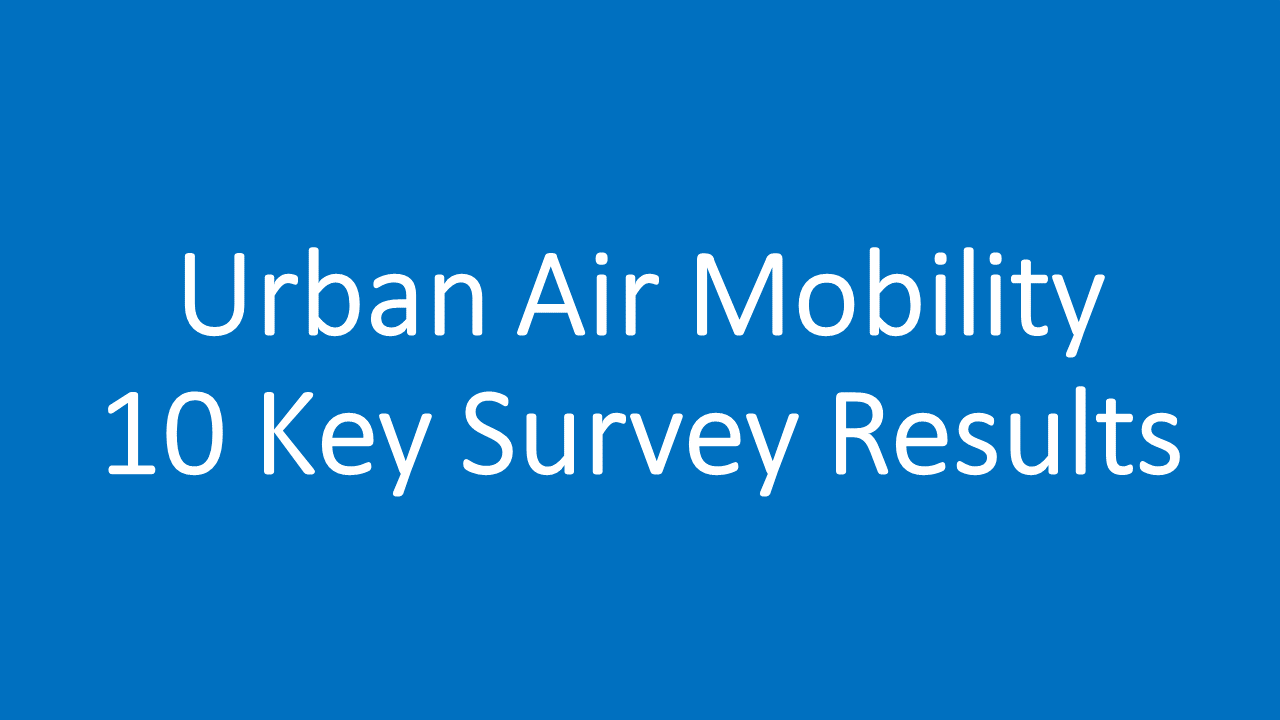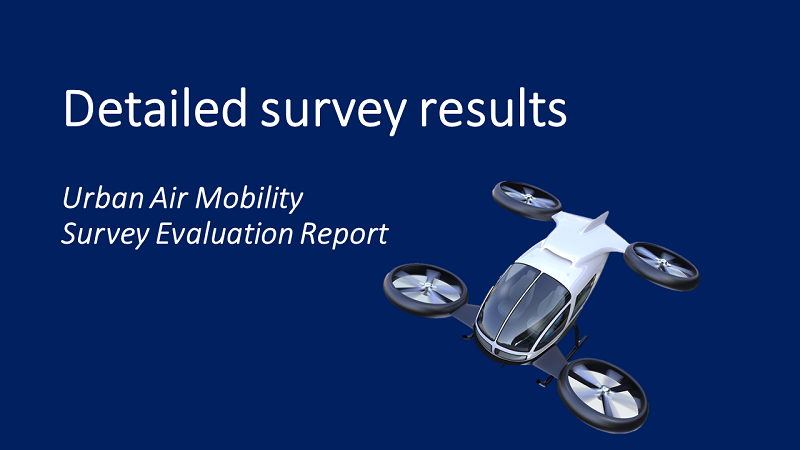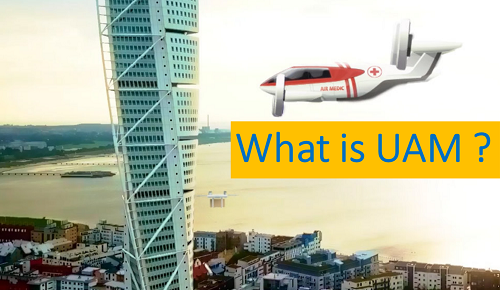Urban Air Mobility is expected to become a reality in Europe within 3-5 years.
New technologies such as electric propulsion and enhanced battery capacity, applied to vertical take-off and landing systems, make this possible
The first commercial operations are expected to be the delivery of goods by drones and the transport of passengers, initially with a pilot on board. Later remote piloting or even autonomous services could follow.
Several pilot projects are under way and some European manufacturers have already applied for certification, including for piloted vehicles for passenger transport. EASA is working with them on the airworthiness of the vehicles.
The EU, and EASA in particular, have an important role to play in enabling this breakthrough and so helping European industry be a first mover at global level.
Study on the societal acceptance of UAM operations
Citizens’ acceptance and future UAM users’ confidence will be essential to the successful deployment of Urban air Mobility in Europe.
EASA conducted a comprehensive study on the societal acceptance of UAM operations across the European Union to guide this work.
The study was carried out together with the consulting firm McKinsey & Company and the Arup Sound Lab between November 2020 and April 2021.
Based on thorough research, literature review, local market analysis, surveys and interviews, the study examined the attitudes, expectations and concerns of EU citizens with respect to UAM and revealed interesting insights that will help EASA prepare the future regulatory framework.
 |
 |
 |
Detailed Survey Results |
EASA regulatory activities
The Agency has started creating the UAM regulatory framework, building notably on the results of 2021 UAM study on societal acceptance. Some building blocks have already been achieved:
- On airworthiness, EASA has been the first in the world to publish in July 2019 a Special Condition to authorise small VTOL aircraft operations, in 2020 for Light Unmanned Aircraft Systems operating in medium risk situations, and in 2021 Guidelines on the design verification of UAS operating in the specific category
- On operations and pilot licencing, in early 2019 it has launched preparatory activities that will lead to rules for the pilots/remote pilots of these vehicles, their operators and for the infrastructure, e.g. vertiport operators
- On airspace integration, EASA has prepared a worlds-first U-Space/UTM regulatory package (Commission Implementing regulations 2021/664, 2021/665 & 2021/666, adopted by the European Commission on 22 of April 2021; this package will become applicable early 2023 and will enable the safe integration of UAS operations in urban environment
- On the R&D side, EASA is also engaged in a large number of projects (AMU-LED; SAFIR-Med; CORUS-XUAM; AirMour and EASA may get involved in other additional ones such as GOF 2.0; TINDAIR; Uspace4UAM); it has also signed the Manifesto (of several cities) of the UAM initiatives by European cities (EU Smart Cities Marketplace)
